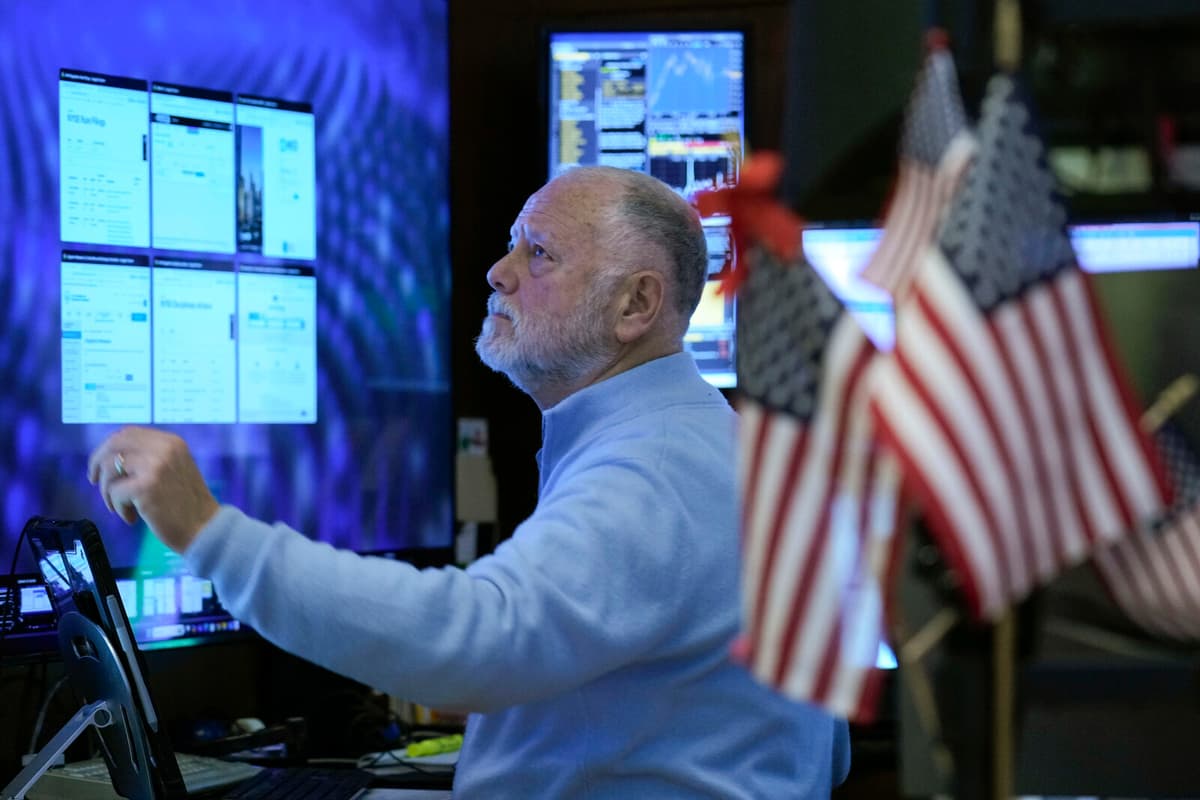When the smoke and fog had settled, the broad S&P 500 index and the Dow Jones industrial index had both fallen by 1 percent, and the technology-heavy Nasdaq composite index by 1.4 percent.
In a situation where investors were already plagued by concerns that President Donald Trump's impending import tariffs could increase the already high inflation, new job statistics landed.
They showed, among other things, that unemployment in the US was lower than expected – which further fueled concerns about price increases, and that the central bank, the Federal Reserve (Fed), would delay lowering interest rates even more.
This gives the Fed no reason to lower interest rates immediately, says Seema Shah, strategist at the analysis firm Principal Asset Management to Bloomberg.
The market has now priced in that the next interest rate cut by the Fed will come in September.
Yields on American government bonds, regardless of maturity, rose sharply on Friday – a sign of decreased interest in stock trading.
Two large technology companies that continued to struggle were e-commerce giant Amazon and Google owner Alphabet, which fell by 4.1 and 3.2 percent, respectively.
Both companies had submitted quarterly reports earlier in the week that did not meet market expectations, and their stocks have fallen since then.
During the week as a whole, the S&P 500 has lost 0.2 percent, while the Dow Jones industrial index and the Nasdaq composite index have both fallen by 0.5 percent.
However, so far this year, the S&P 500 has still risen by 2.5 percent, the Dow Jones industrial index by 4.1 percent, and the Nasdaq composite index by 1.1 percent.





